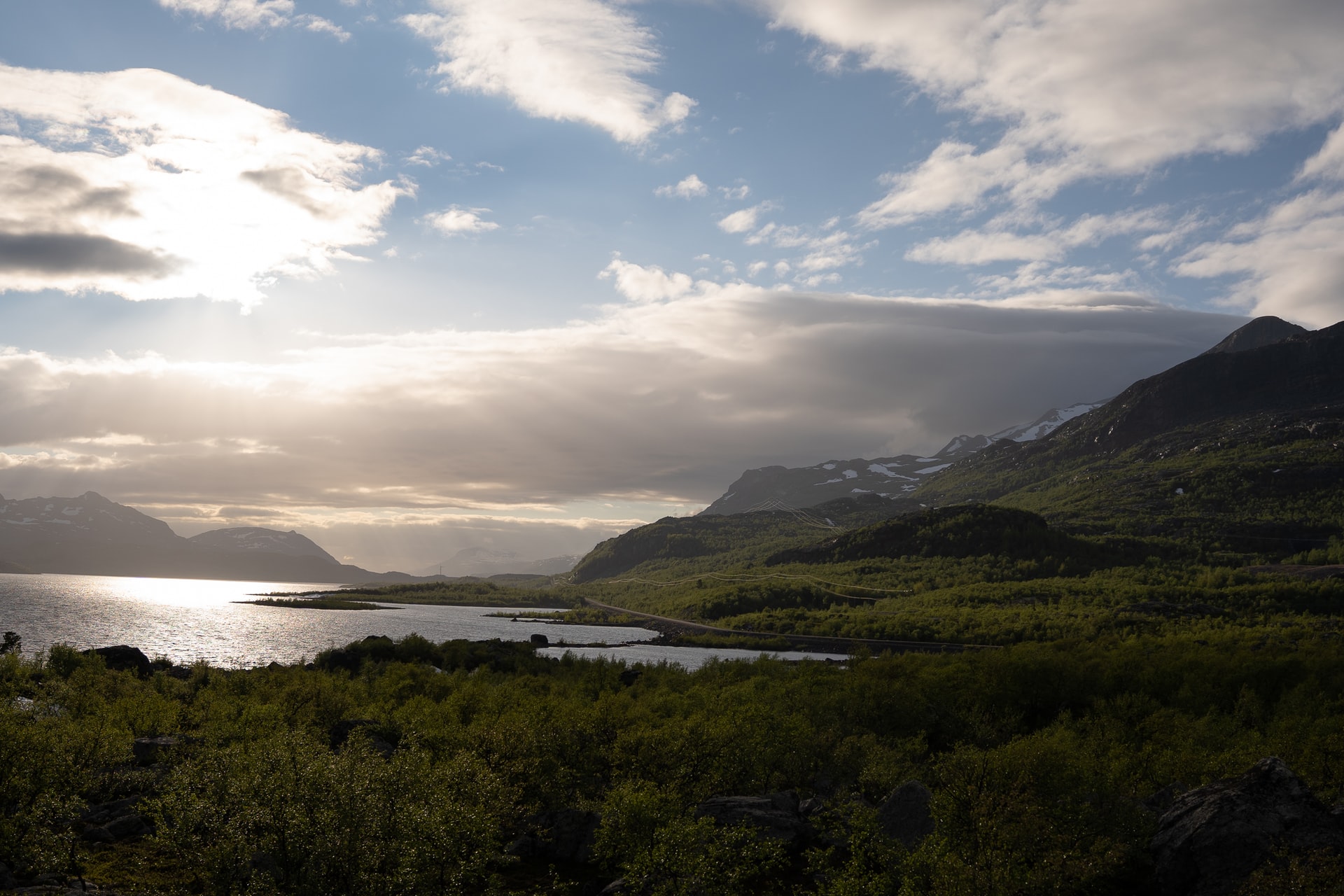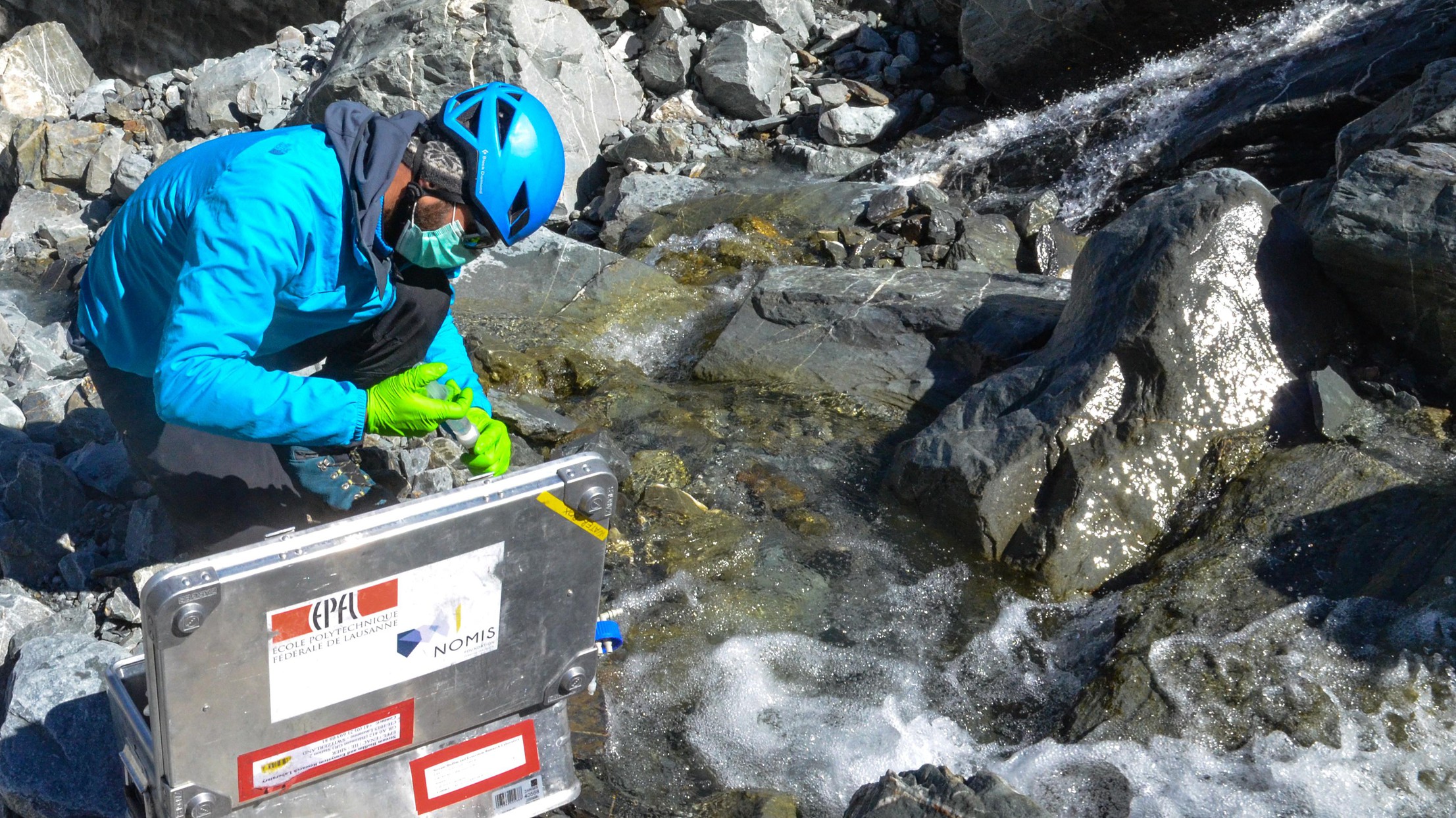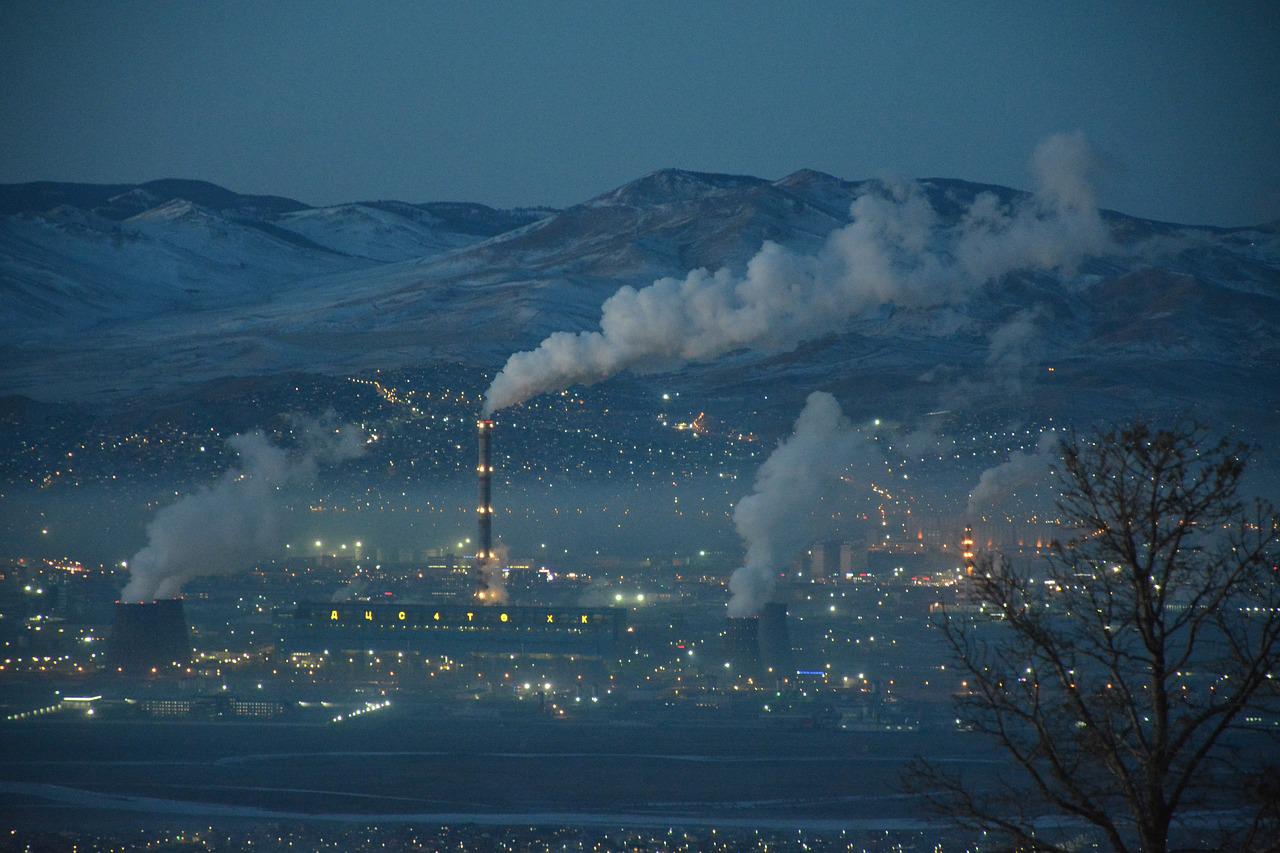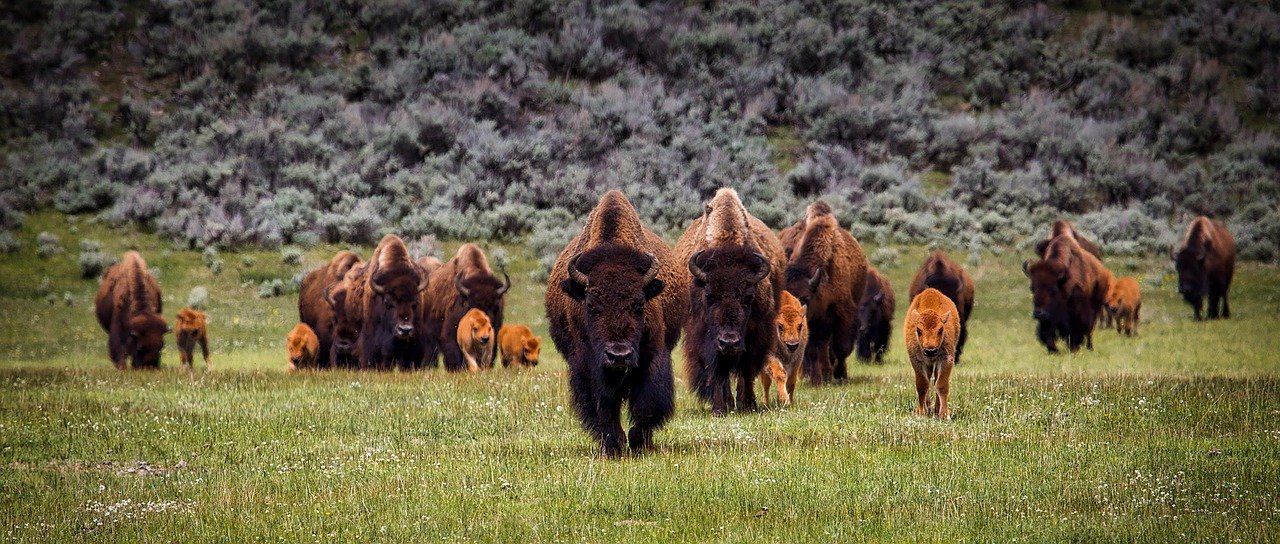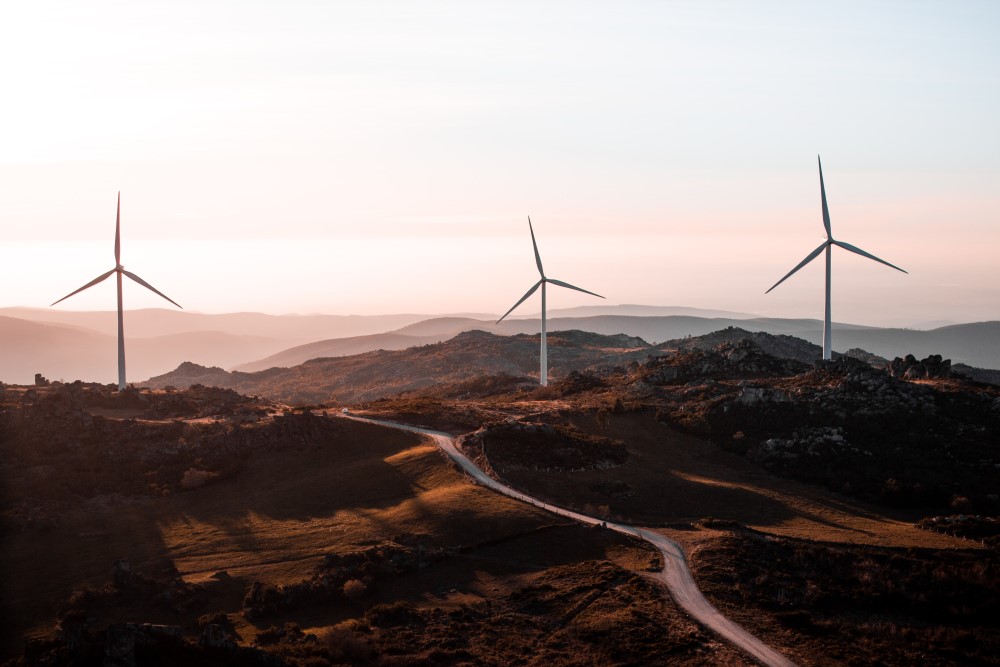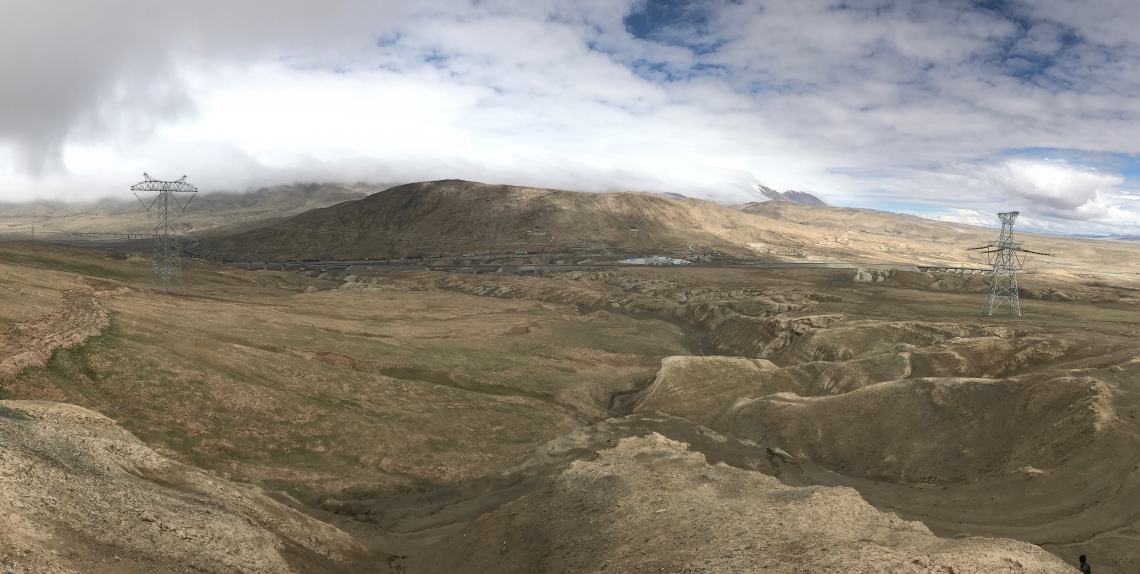Global News
- Details
- Category: Global News
Fifty years after the landmark 1972 UN Conference on the Human Environment—the first ever UN conference on the environment — Stockholm was once again the gathering point to take stock of the state of the human environment and collectively brainstorm on how to move forward. Below is a brief analysis of Stockholm+50: A Healthy Planet for the Prosperity of All – Our Responsibility, Our Opportunity, held 2-3 June 2022.
- Details
- Category: Global News
From Mt Kilimanjaro in Tanzania to the highlands of Armenia, the climate crisis is being increasingly felt in vulnerable mountain environments. Amplified warming at higher elevations, changing precipitation patterns and intensified natural hazards are adding substantially to development challenges.
The latest report from the Intergovernmental Panel on Climate Change (IPCC) on Impacts, Adaptation and Vulnerability confirms that climate change poses increasing challenges to the goods and services mountains offer, including their ability to store and purify fresh water, support crops and host visitors.
To mark the official launch of the International Year of Sustainable Mountain Development the United Nations Environment Programme (UNEP) has published two new booklets, titled Mountains ADAPT. They feature 27 concrete solutions in mountainous areas to adapt to the climate crisis – 18 in East Africa and nine in the South Caucasus. The material was produced under the Adaptation at Altitude programme, which is financed by the Swiss Agency for Development and Cooperation and implemented by UNEP and partners – the Mountain Research Initiative among them.
- Details
- Category: Global News
According to two recent studies carried out as part of the Vanishing Glaciers Project, the ecosystems of glacier-fed streams are undergoing profound change around the world. That could have major repercussions on the food chain and the natural carbon cycle.
The ecosystems of glacier-fed streams have survived nutrient-poor and harsh environmental conditions over the course of thousands of years, yet they are now being transformed by climate change at unprecedented pace. That’s the conclusion of two studies published by scientists at EPFL’s River Ecosystems Laboratory (RIVER), which is part of EPFL’s School of Architecture, Civil and Environmental Engineering (ENAC).
- Details
- Category: Global News
World could undo social and economic advances and face 1.5 disasters a day by 2030, according to UN’s flagship Global Assessment Report.
Human activity and behaviour is contributing to an increasing number of disasters across the world, putting millions of lives and every social and economic gain in danger, warns a new UN report.
- Details
- Category: Global News
The Stoney Nakoda First Nations are combining traditional knowledge with Western science, through the process of "biculturalism," to create a more holistic understanding of the bison reintroduction in Mînî Rhpa Mâkoche, also known as Banff National Park.
In 2017, 16 bison were released in the northeast section of Banff National Park. This herd has since grown to over 60 animals roaming throughout the reintroduction area. Although Parks Canada has been monitoring the ecological impacts of this reintroduction, there has been little to no cultural monitoring data until now. Cultural monitoring can be used to better understand bison herd dynamics, predator-prey relationships, and to better describe the renewed connection to the land by the Stoney Nakoda Nations.
- Details
- Category: Global News
A new tool can better assess an important but overlooked indicator of global warming: the variety of bugs, worms, and snails living in high mountain streams.
Water-based invertebrates are especially vulnerable when the climate swings from historic droughts to massive floods. Because they serve as food for other forms of alpine life, such as birds, bats, frogs, and fish, ecologists worry about the insects’ ability to thrive.
- Details
- Category: Global News
In 2010-2019 average annual global greenhouse gas emissions were at their highest levels in human history, but the rate of growth has slowed. Without immediate and deep emissions reductions across all sectors, limiting global warming to 1.5°C is beyond reach. However, there is increasing evidence of climate action, said scientists in the latest Intergovernmental Panel on Climate Change (IPCC) report released today.
Since 2010, there have been sustained decreases of up to 85% in the costs of solar and wind energy, and batteries. An increasing range of policies and laws have enhanced energy efficiency, reduced rates of deforestation and accelerated the deployment of renewable energy.
- Details
- Category: Global News
Using lake sediment in the Tibetan Plateau, a team of researchers was able to show that permafrost at high elevations is more vulnerable than arctic permafrost under projected future climate conditions.
From the ancient sludge of lakebeds in Asia's Tibetan Plateau, scientists can decipher a vision of Earth's future. That future, it turns out, will look very similar to the mid-Pliocene warm period – an epoch 3.3 million to 3 million years ago when the average air temperature at mid-latitudes rarely dropped below freezing. It was a time when permanent ice was just beginning to cling to the northern polar regions, and mid-latitude alpine permafrost – or perpetually frozen soil – was much more limited than today.




